Permaculture, a philosophy rooted in sustainability and ecological harmony, offers a profound perspective on problem-solving: the problem is often the solution itself. This principle challenges conventional thinking by suggesting that by deeply understanding and embracing the challenges we face, we can uncover innovative paths forward.
Central to this concept is the idea that defining a problem clearly is the first step towards its resolution. As proponents of creative problem-solving have long emphasized, a well-defined problem is already halfway to being solved. Albert Einstein famously articulated this approach, suggesting that if given one hour to save the world, spending 55 minutes understanding the problem and only 5 minutes finding the solution would be the most effective strategy.
Fundamentally, this approach advocates a paradigm shift where obstacles are seen not as setbacks but as catalysts for growth and transformation. Permaculture practitioners exemplify this mindset across diverse fields such as sustainable agriculture, community development, and environmental conservation.
For instance, in sustainable agriculture, challenges like soil degradation are viewed as opportunities to implement regenerative practices such as cover cropping and agroforestry. These methods not only restore soil health and biodiversity but also enhance crop resilience to climate change.
In community development, urban permaculture initiatives transform challenges like food insecurity into opportunities for social cohesion and local empowerment. Urban gardens and community-supported agriculture not only provide fresh produce but also foster community resilience and self-reliance.
In environmental conservation, permaculture principles guide efforts to restore degraded ecosystems by mimicking natural patterns and processes. Techniques such as water harvesting, reforestation, and habitat restoration leverage ecological principles to mitigate environmental degradation and promote biodiversity.
The symbiotic relationship between the human microbiome and soil biome vividly illustrates nature’s interconnectedness and its ingenious solutions within complex ecosystems. In the human body, trillions of microbes coexist in symbiosis with our cells, intricately influencing essential functions such as digestion, immune response, and mental well-being. This partnership mirrors the vitality of healthy soil ecosystems, where diverse microbial communities play critical roles in nutrient cycling, disease suppression, and the promotion of robust plant life.
This parallel underscores the paramount importance of nurturing biodiversity and ecological balance in both internal and external environments. By maintaining harmony within these biomes, we not only sustain resilient agricultural systems but also promote sustainable health and well-being, aligning our practices with the inherent wisdom of natural ecosystems. The concept that “the problem contains the solution” can be observed in various contexts, demonstrating how challenges can often lead to unexpected benefits or insights.
For instance, composting exemplifies how waste and organic matter, typically viewed as a problem to be managed, can be transformed into a valuable resource. Composting enriches soil fertility, improves water retention, and reduces the need for synthetic fertilizers, thereby addressing environmental challenges while enhancing agricultural productivity. Similarly, forest fires, although initially destructive, play a crucial role in renewing and revitalizing forest ecosystems. These fires clear away dead vegetation, release nutrients into the soil, and stimulate the germination of certain plant species whose seeds require heat to sprout. This process ultimately contributes to the ecological health and biodiversity of the forest.
In environmental science, bioremediation harnesses living organisms to degrade pollutants in soil or water. Microorganisms, plants, or fungi are employed to metabolize contaminants such as oil spills or industrial waste, transforming harmful substances into less toxic forms. This approach not only mitigates environmental damage but also promotes sustainable remediation practices. On a social level, cultural adaptation to challenges often leads to innovation and resilience within communities. For example, communities facing food insecurity may develop local food production initiatives that not only address nutritional needs but also strengthen community bonds and local economies.
On an individual level, personal challenges and setbacks can lead to profound personal growth and self-discovery. Adversity often provides opportunities for learning, resilience building, and the development of new skills or perspectives that contribute to greater emotional and psychological well-being. These examples illustrate how embracing the idea that “the problem contains the solution” can lead to creative, sustainable, and transformative outcomes across various domains of human endeavor and natural systems.
In addition to agriculture, permaculture principles can be applied to other areas of life. For instance, urban permaculture can transform cities into sustainable, vibrant habitats by incorporating green spaces, rooftop gardens, and renewable energy installations. This not only improves air quality and reduces urban heat islands but also provides opportunities for community engagement, education, and social cohesion.
As we navigate the complexities of our lives, we often find ourselves faced with problems that seem insurmountable. But what if we were to reframe these challenges as opportunities for growth and transformation? What if the very issues that seem to be holding us back are, in fact, holding the key to our success?
Consider a problem you’re currently grappling with – whether it’s a personal struggle or a community concern. Take a step back and ask yourself: what is the problem really trying to tell me? What is it trying to teach me? What hidden opportunities or solutions might be buried beneath the surface?
For instance, perhaps you’re struggling with feelings of isolation and disconnection. Instead of viewing it as a personal failing, consider that your feelings might be an opportunity to build deeper relationships or find new ways to engage with your community. Maybe your isolation is a sign that you’re craving meaningful connections or a sense of belonging. By acknowledging and addressing these underlying needs, you may discover new sources of joy and fulfillment.
Similarly, consider a community facing economic struggles. Rather than viewing economic hardship as an insurmountable obstacle, imagine that it’s an opportunity to innovate and adapt. What new business models or cooperative initiatives might be developed to address the root causes of poverty? How might this challenge bring people together to find creative solutions?
The examples are endless, but the principle remains the same: our problems hold the solution within them. By embracing this mindset, we can transform our struggles into stepping stones for growth and progress. So, take a closer look at the challenges you’re facing and ask yourself: what hidden opportunities or solutions might be hiding in plain sight?
The project site was a desolate expanse of ravaged earth, scarred by the heavy machinery and trucks that had once rummaged through it. The soil was barren and damaged, its natural balance disrupted by the constant flow of gravel and debris that had been extracted from it during the construction of the highway. It seemed as though the very earth itself had been scarred, leaving nothing but desolation in its wake. But amidst the devastation, I began to see a glimmer of hope. For in the midst of chaos, I realized that the solution to this environmental disaster lay hidden within the problem itself.
The key, I discovered, was to restore the foundation – not just the physical structure, but the very land itself. By rebuilding the soil, rejuvenating its natural balance and fertility, we could create a strong and resilient base upon which to rebuild. And from this solid foundation, everything else could rise – the new buildings, the community, and the life that would soon flourish upon it.
In that moment, I understood that the solution was not something separate from the problem, but rather an inherent part of it. The destruction had created an opportunity for rebirth and renewal, a chance to build something stronger and more beautiful than before. And as I stood there, surrounded by the ruins, I knew that with determination and perseverance, we could turn this desolate landscape into a thriving oasis.
I have no money to restore this site. I work weekly to pay for my team’s wages, so we focus on what we can do with what little we have. And what we can do is create a space of absolute beauty that shows nature’s restoration in action. The fact that I have no money has become a solution in disguise, forcing us to think creatively and find innovative ways to bring life back to this ravaged land. I believe that our work will prove to others that even with limited means, amazing things can be accomplished.
This project will become an education center for self-reliance and empowerment, showing people that they too can regenerate their own spaces without relying on external resources. The fact that we’re doing this with no money is a testament to the potential for all the “little guys” out there who are tired of waiting for someone else to make a change.
As I reflect on our journey so far, I have no doubt that our project will be a thriving success story. We’re laying good solid foundations – literally and figuratively – and proving our stamina, determination, and worth. With each passing day, I become more convinced that our hard work and resilience will yield a harvest of beauty and abundance. It’s not just about restoring a plot of land; it’s about creating a beacon of hope and inspiration for others to follow in our footsteps. And as I look out at the transformed landscape before me, I know that our collective efforts will blossom into something truly remarkable.
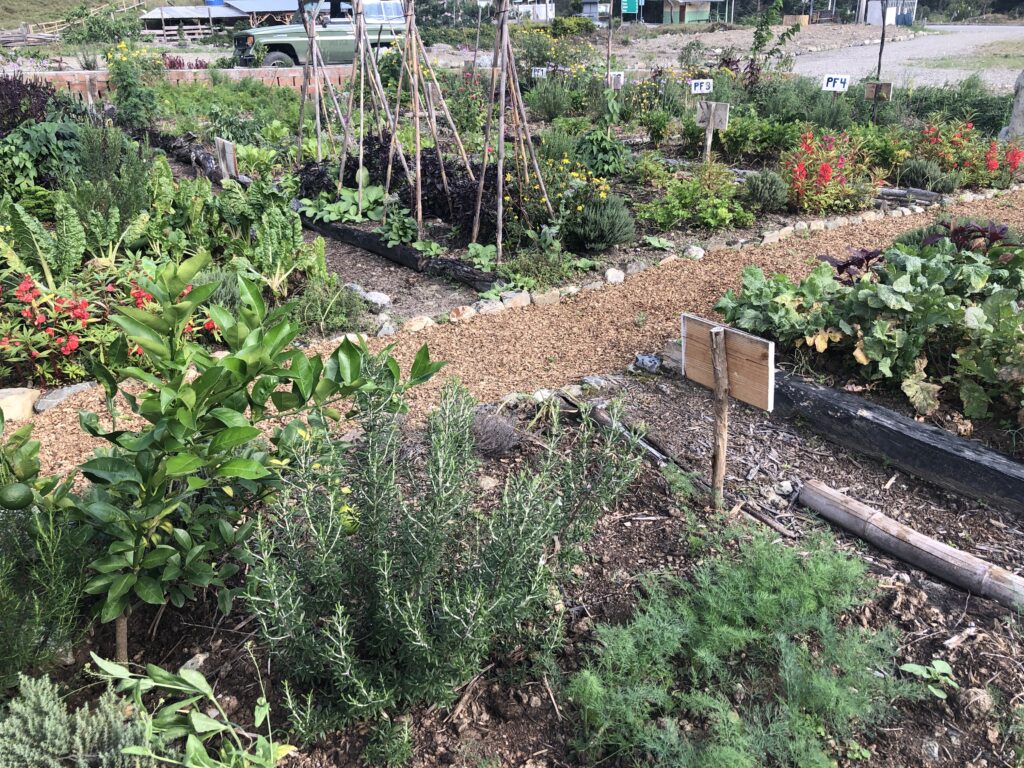
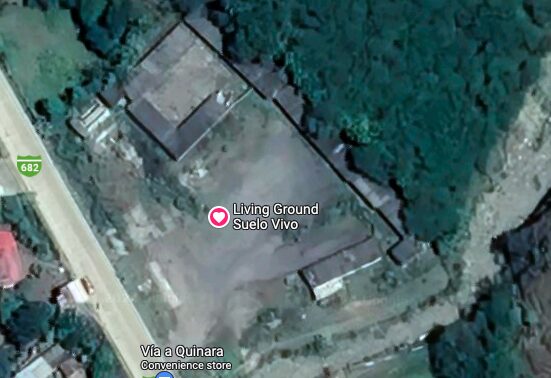
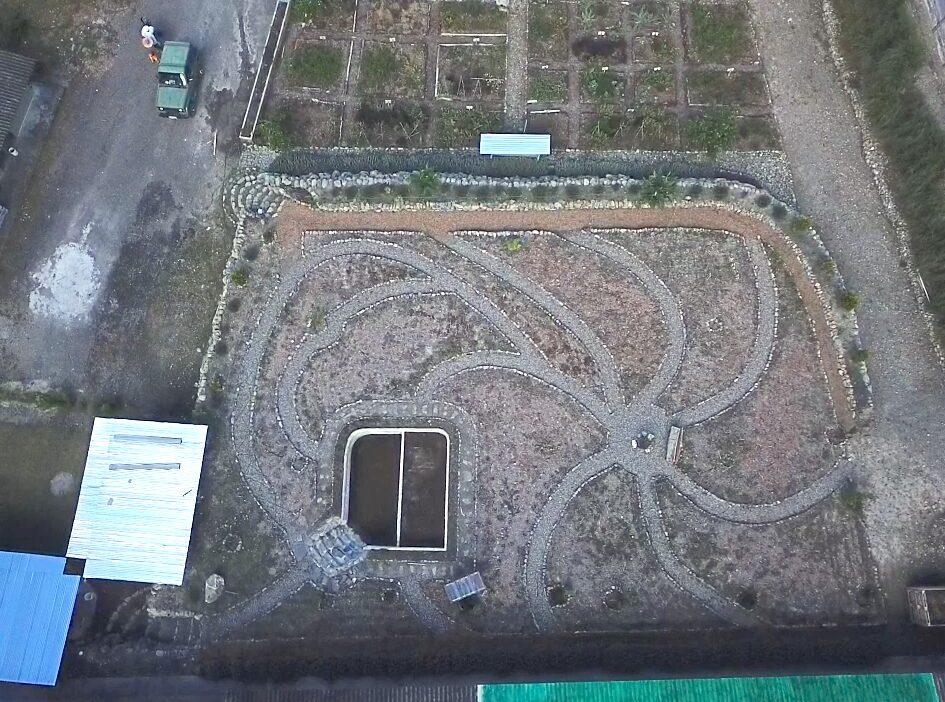
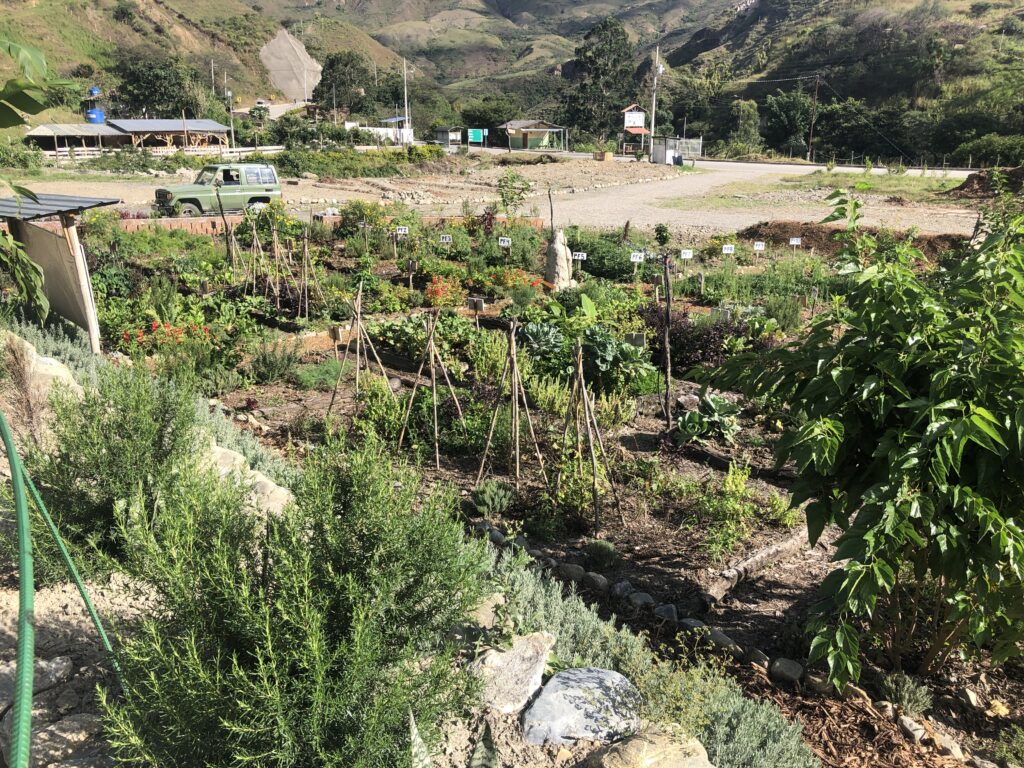
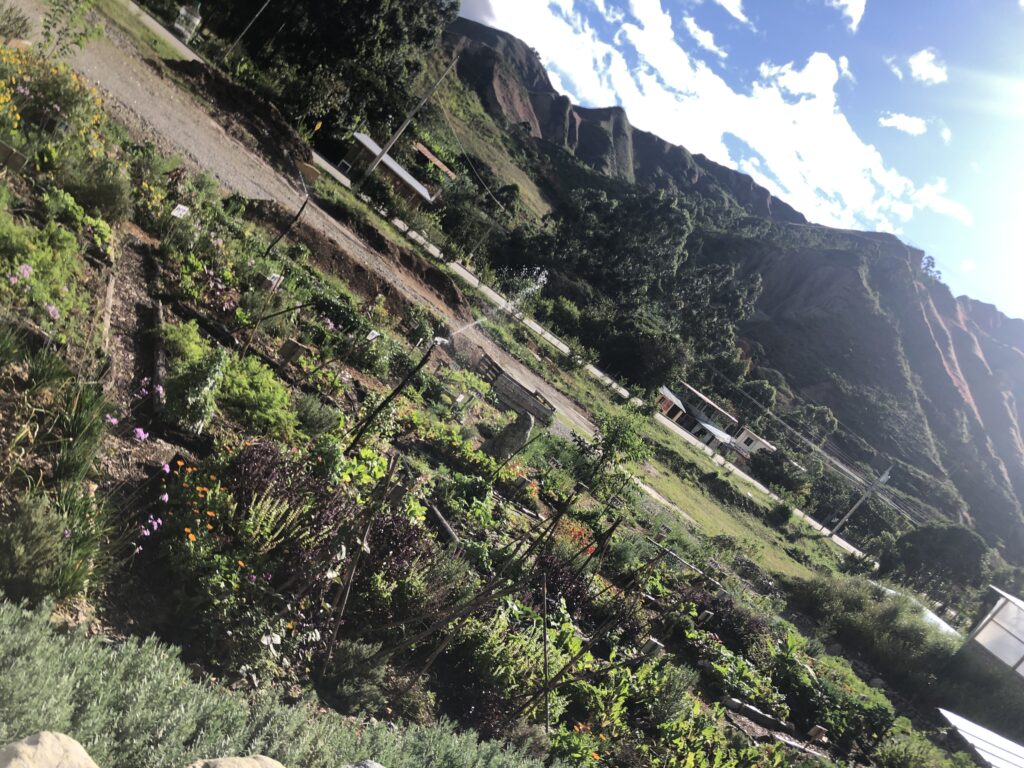
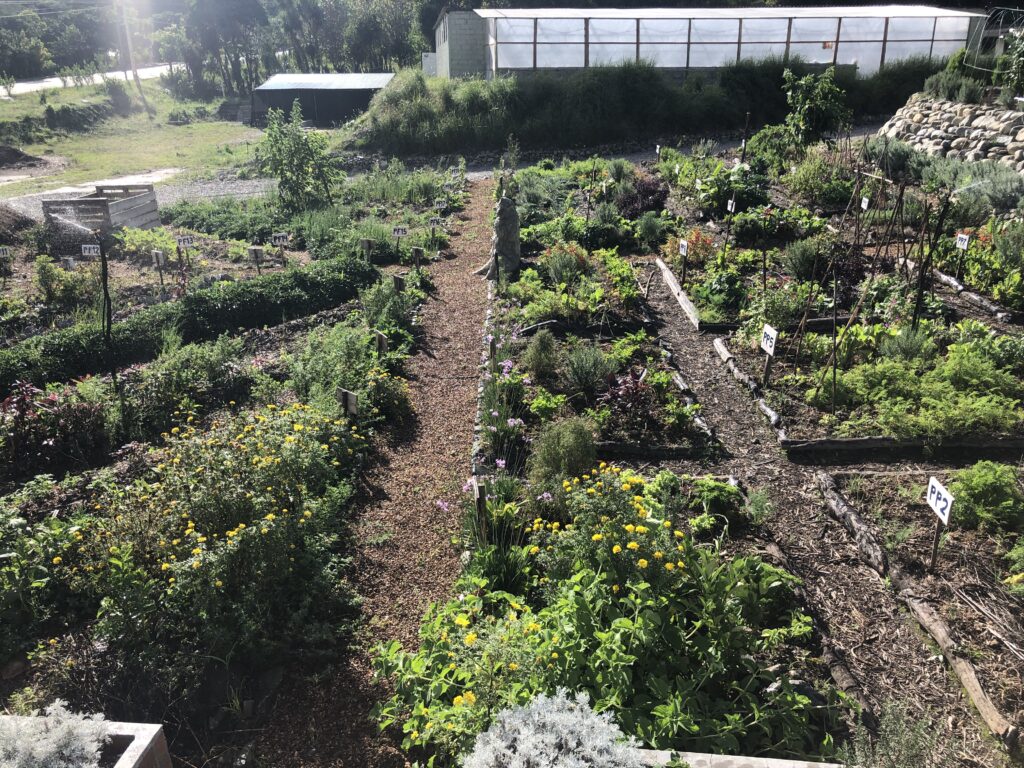
In embracing permaculture’s principle that the problem is the solution, we acknowledge the interconnectedness of nature and human systems. By understanding and harnessing the inherent potential within challenges, we not only find sustainable solutions but also foster a deeper respect for the intricate web of life on Earth. As we face increasingly complex global challenges from food security to climate resilience, the wisdom of permaculture offers a timeless lesson: our ability to thrive lies not in overcoming obstacles but in creatively leveraging them to build a more sustainable and harmonious future.




